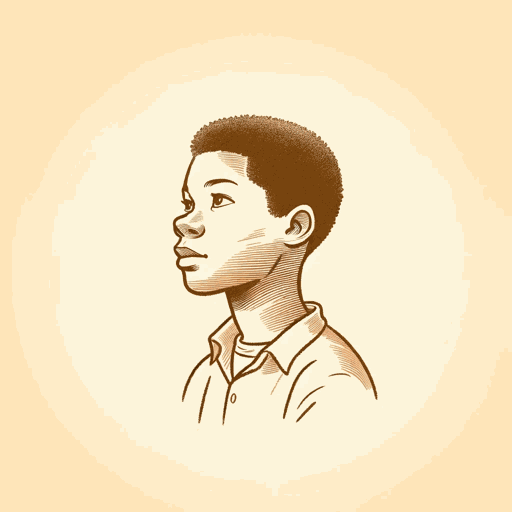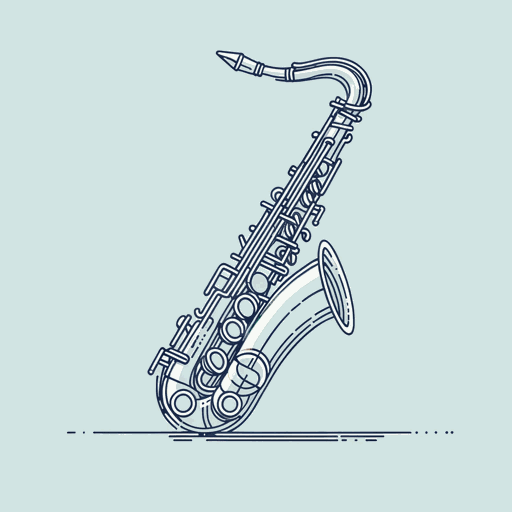32 pages • 1 hour read
Langston HughesMother to Son
Fiction | Poem | Adult | Published in 1987A modern alternative to SparkNotes and CliffsNotes, SuperSummary offers high-quality Study Guides with detailed chapter summaries and analysis of major themes, characters, and more. For select classroom titles, we also provide Teaching Guides with discussion and quiz questions to prompt student engagement.
Literary Device Answers
1. C. As an interjection, “well” typically appears in more casual or conversational speech and writing. It also suggests the continuation of a conversation because it often precedes a response to a question (e.g., “What do you think about life?”; “Well, I’ll tell you”). Finally, the word often prefaces a conclusion or summary—in this case, of the speaker’s philosophy of life.
2. D. By placing “bare” on its own line, Hughes not only underscores the word’s meaning (the line is literally bare of anything else) but also creates a visual low point after which the lines become longer as the speaker’s determination grows. In addition, he begins the next line with the conjunction “but,” underscoring the break from what has preceded it.
3. D. The contraction “I’se" (“I is”) is a feature of AAVE, as is dropping the -g from verbs like “going” (though this is common to many other English dialects as well).
4. A. “Mother to Son” is an example of free verse, which does not adhere to any strict meter or rhyme scheme.
5. B. The initial repetition of “and” highlights the number of obstacles the speaker has faced in life—”tacks,” “splinters,” unfinished floors, etc. By the end of the poem, however, Hughes’s use of anaphora underscores the speaker’s determination (“And reachin’,” “And turnin’,” etc.
Related Titles
By Langston Hughes

Children’s Rhymes
Langston Hughes

Cora Unashamed
Langston Hughes

Dreams
Langston Hughes

Harlem
Langston Hughes

I look at the world
Langston Hughes

I, Too
Langston Hughes

Let America Be America Again
Langston Hughes

Me and the Mule
Langston Hughes

Mulatto
Langston Hughes

Mule Bone: A Comedy of Negro Life
Langston Hughes, Zora Neale Hurston

Not Without Laughter
Langston Hughes

Slave on the Block
Langston Hughes

Thank You, M'am
Langston Hughes

The Big Sea
Langston Hughes

Theme for English B
Langston Hughes

The Negro Artist and the Racial Mountain
Langston Hughes

The Negro Speaks of Rivers
Langston Hughes

The Ways of White Folks
Langston Hughes

The Weary Blues
Langston Hughes

Tired
Langston Hughes

